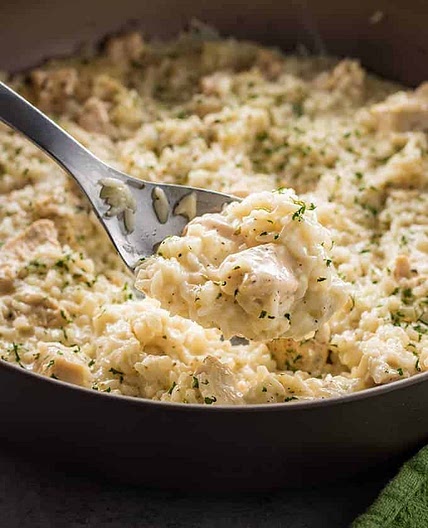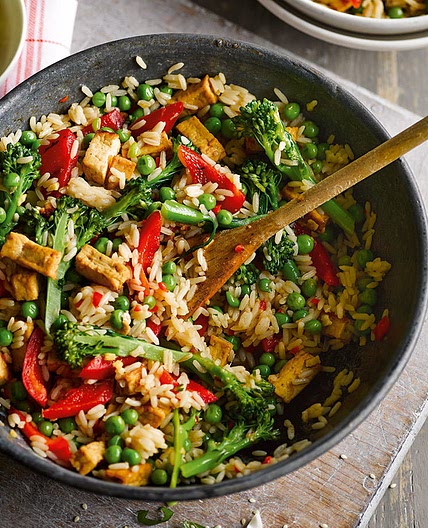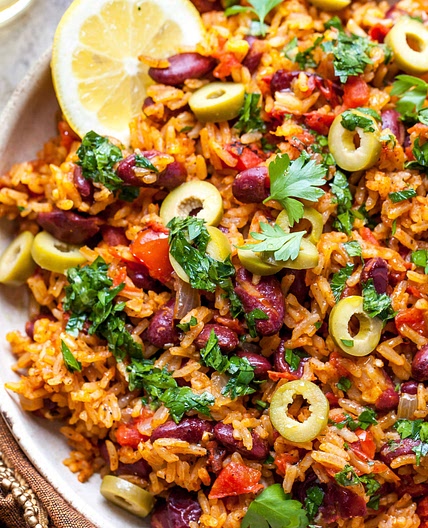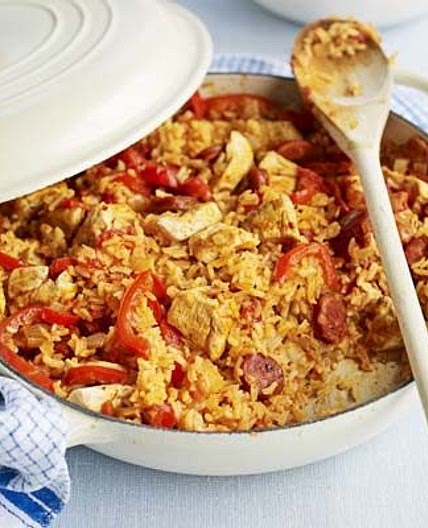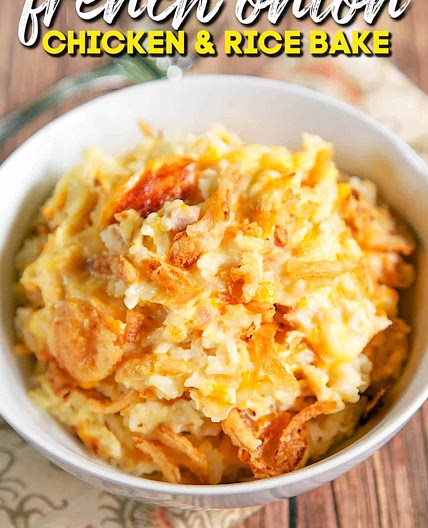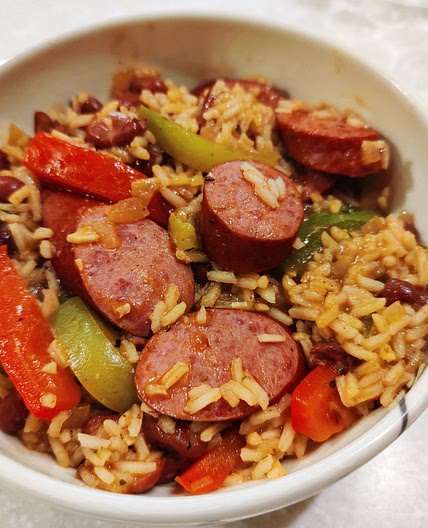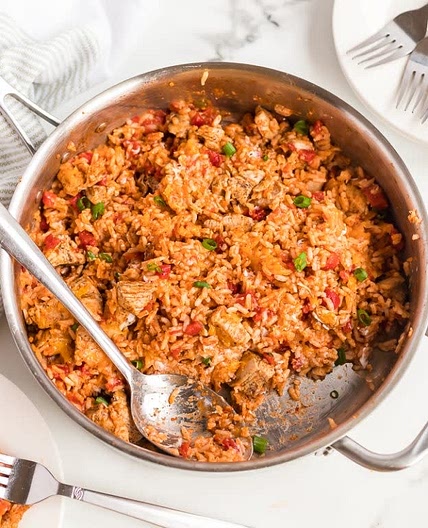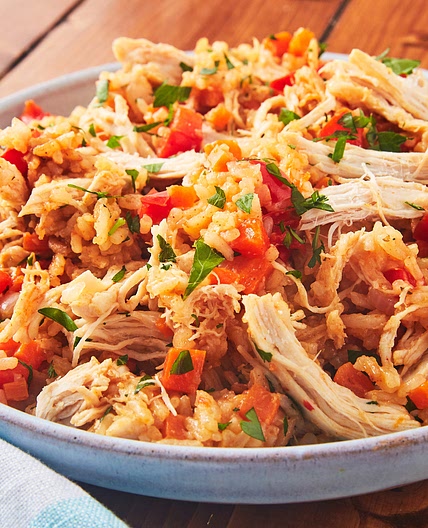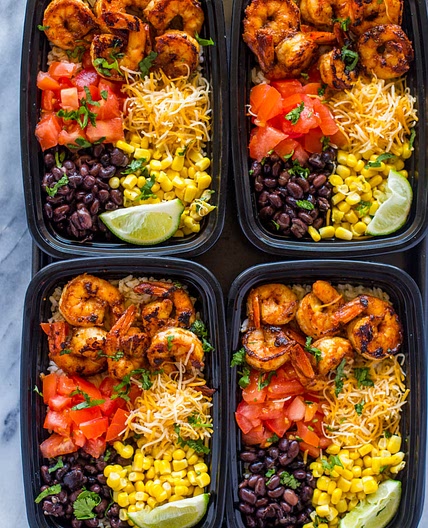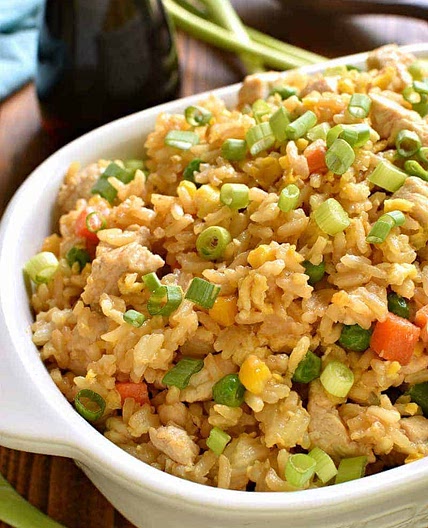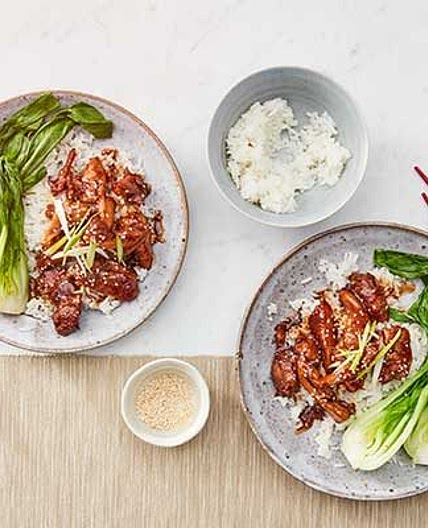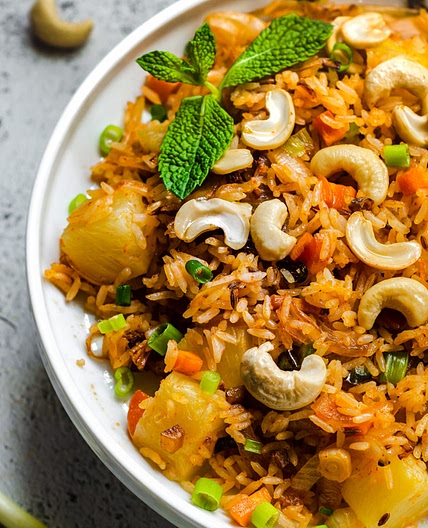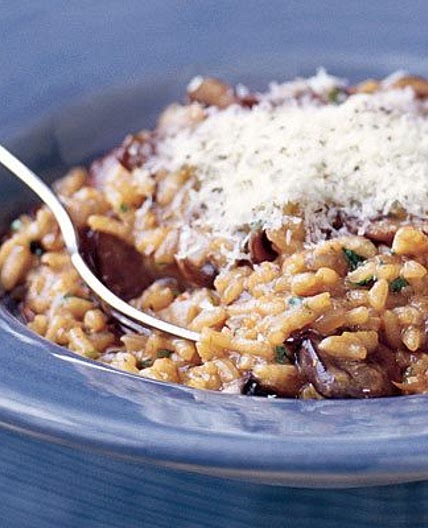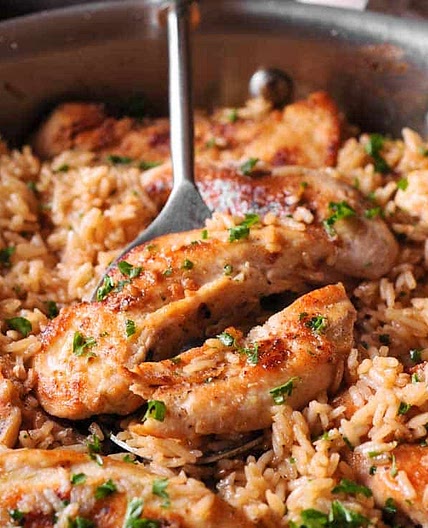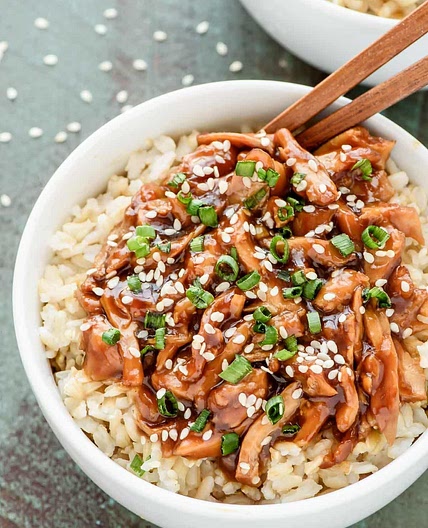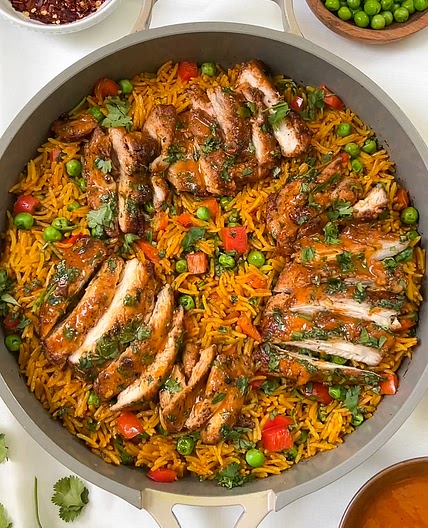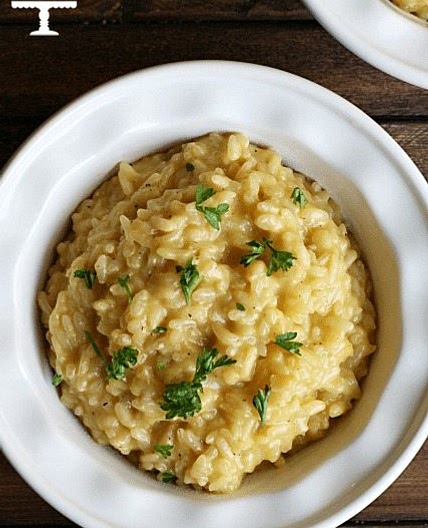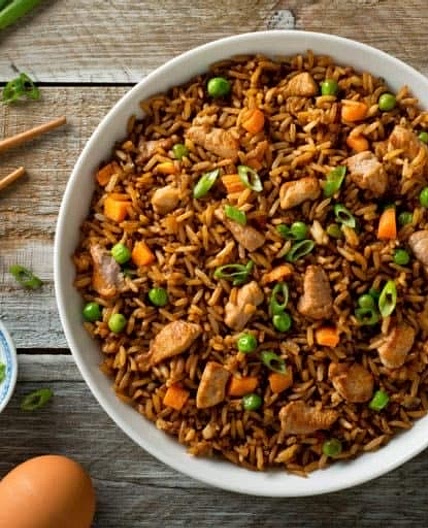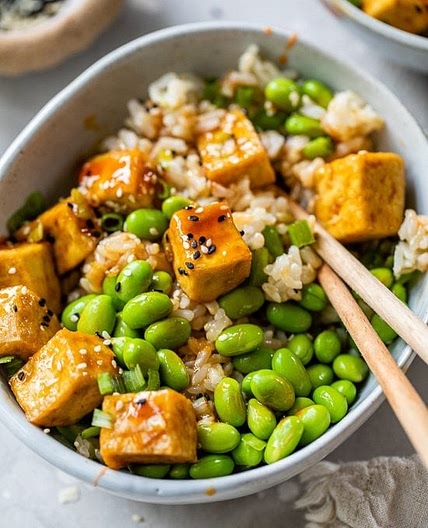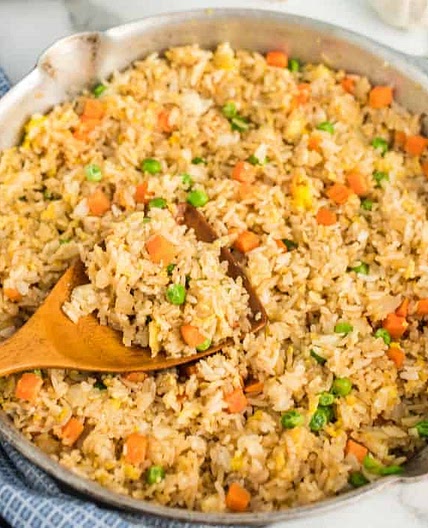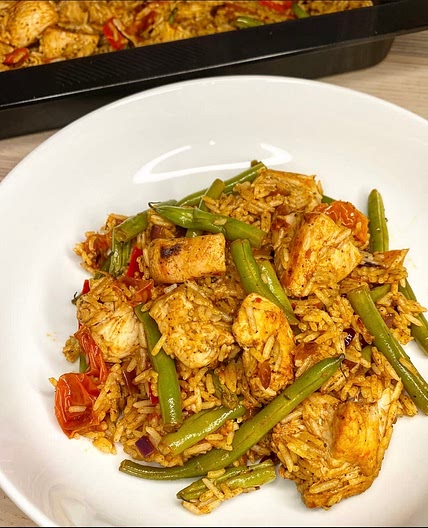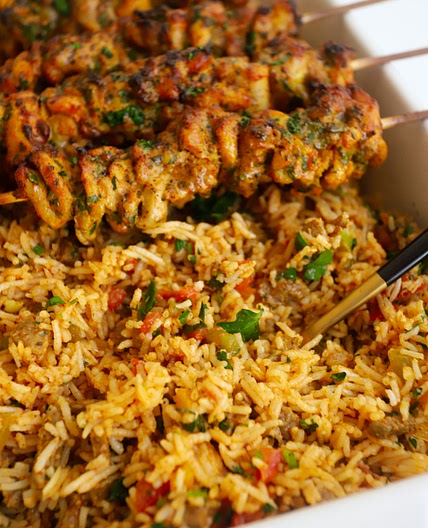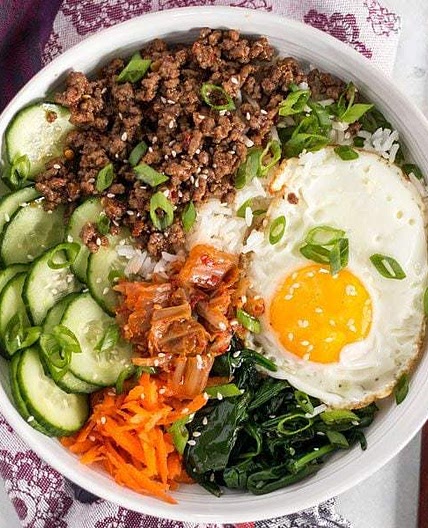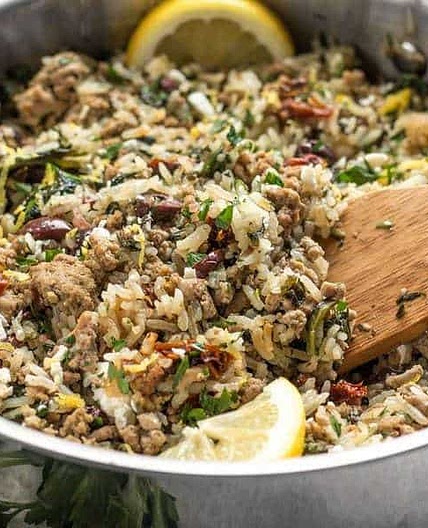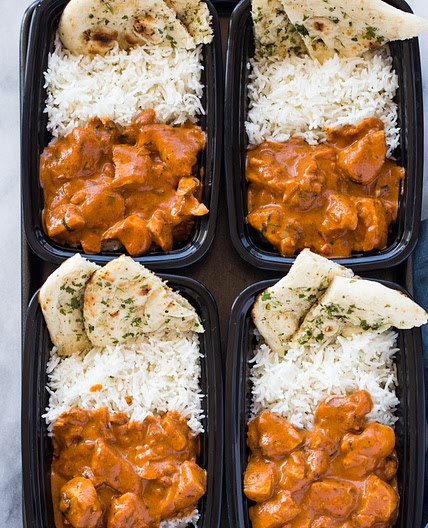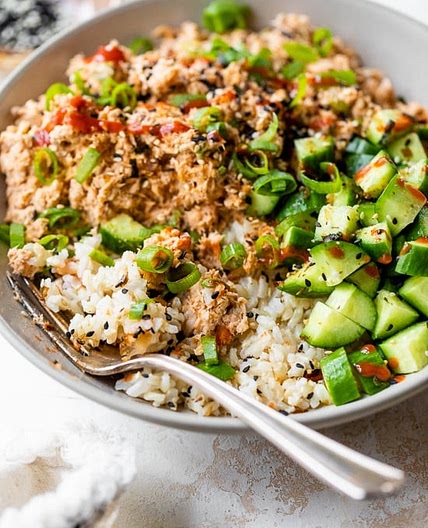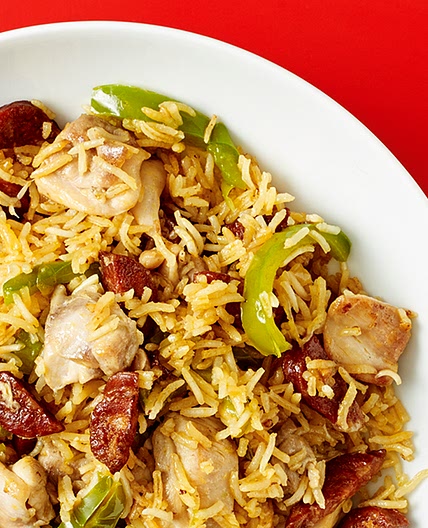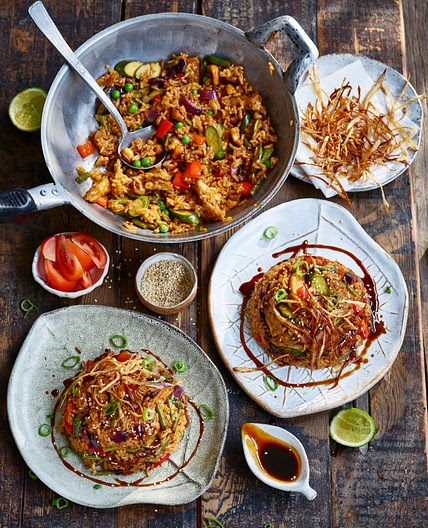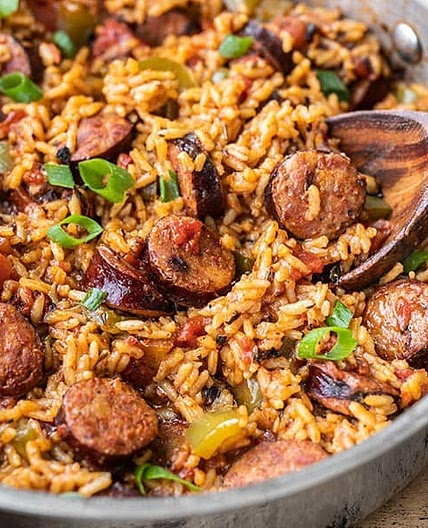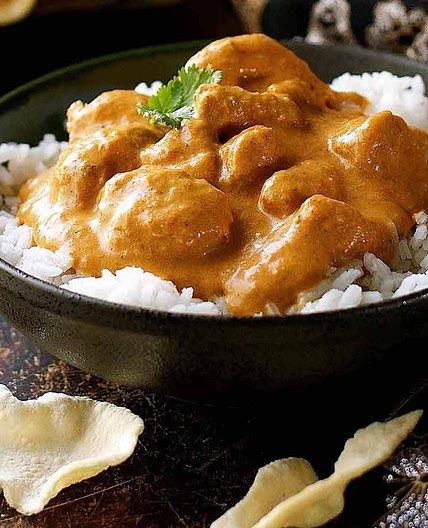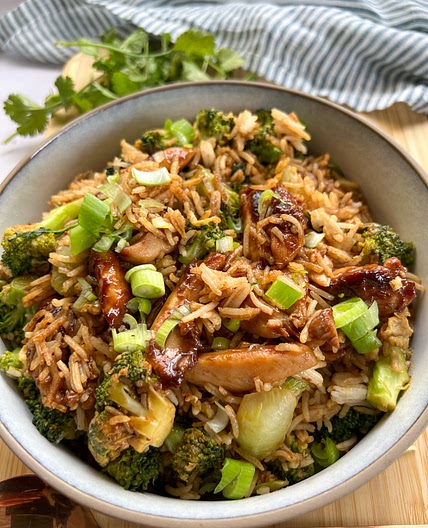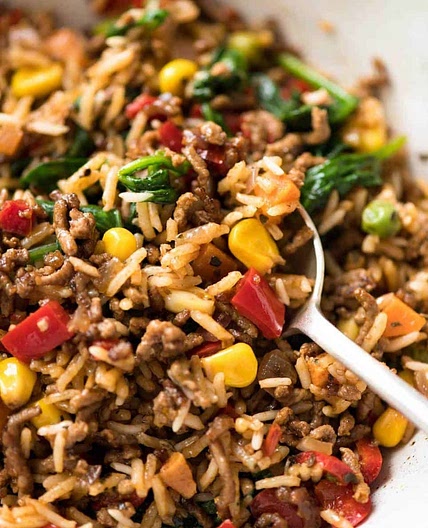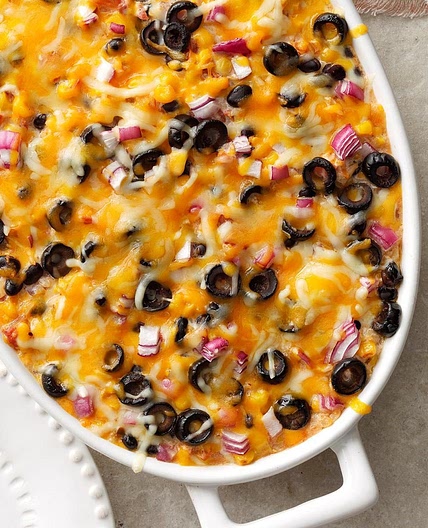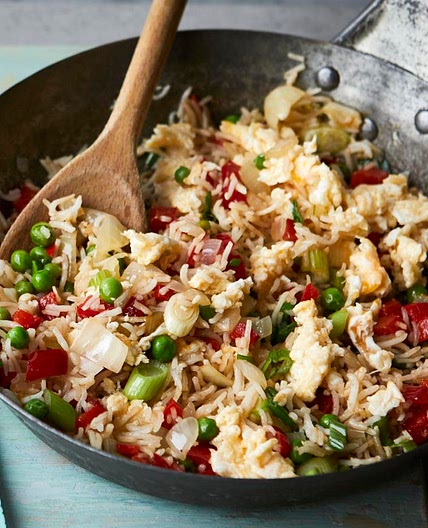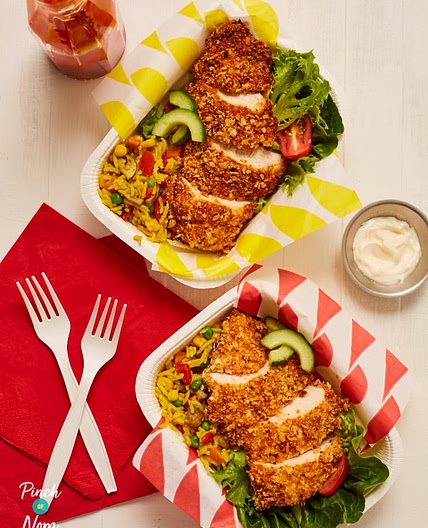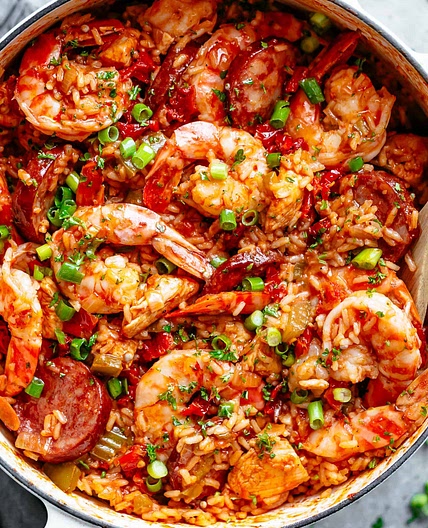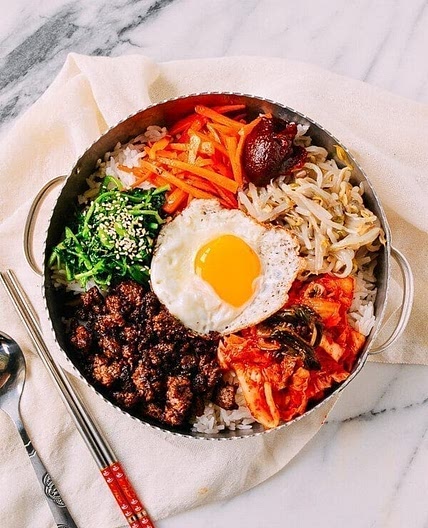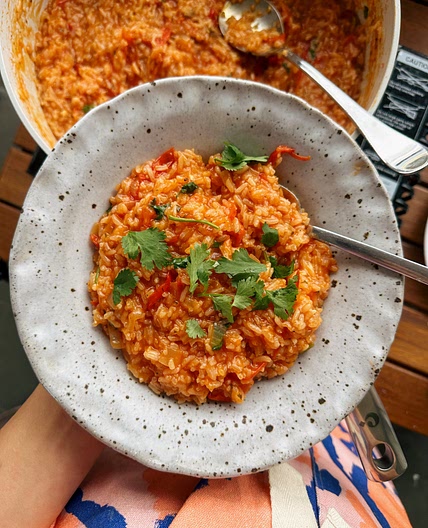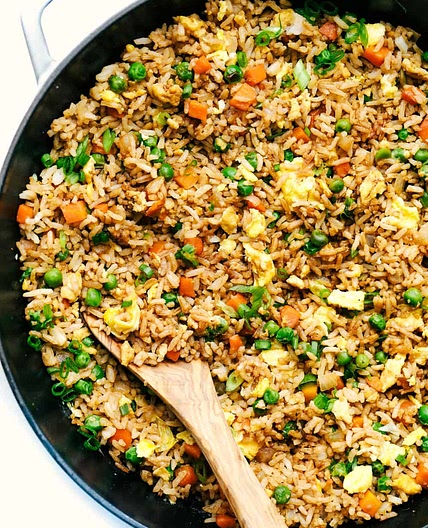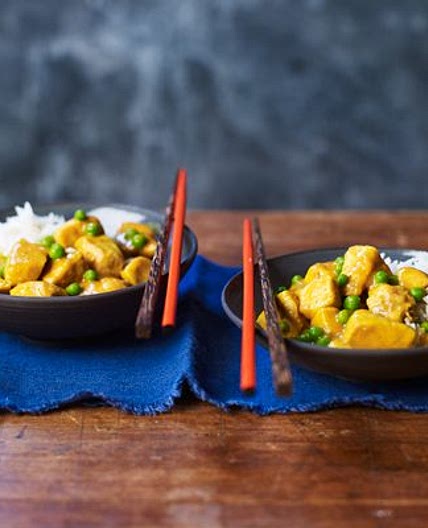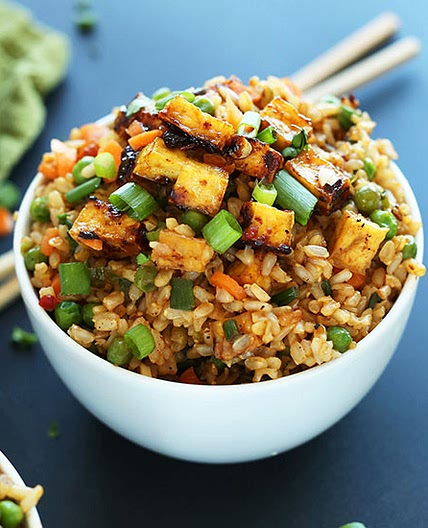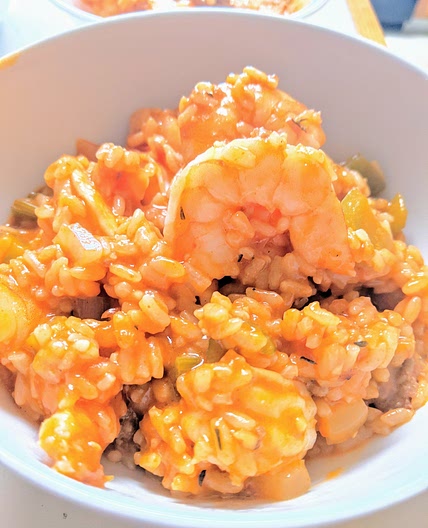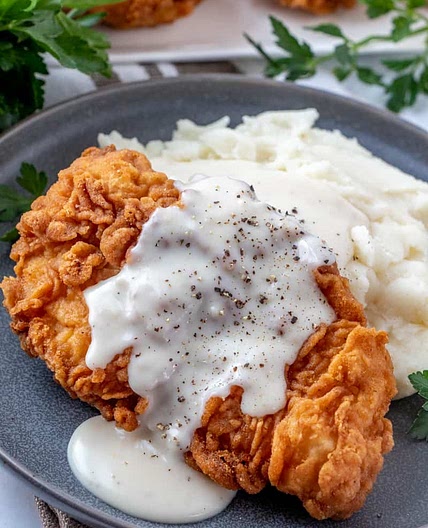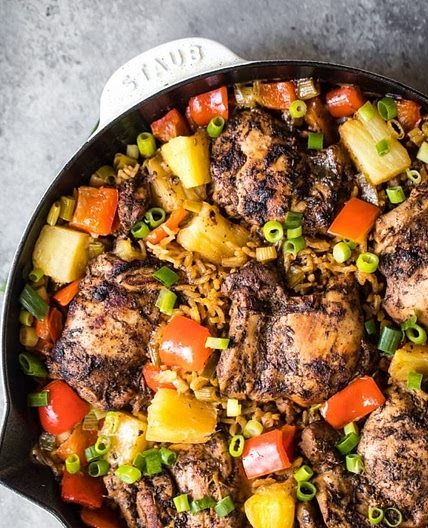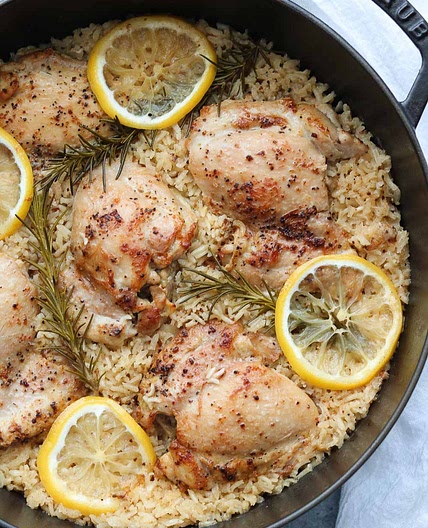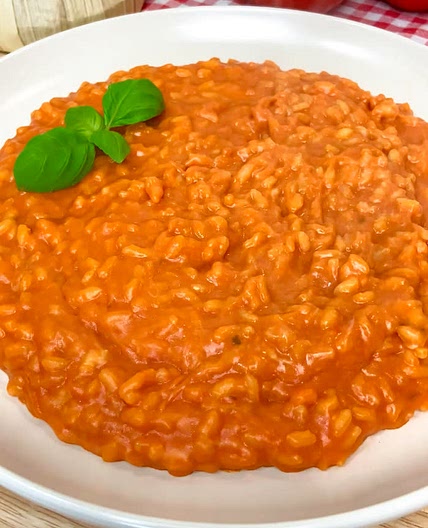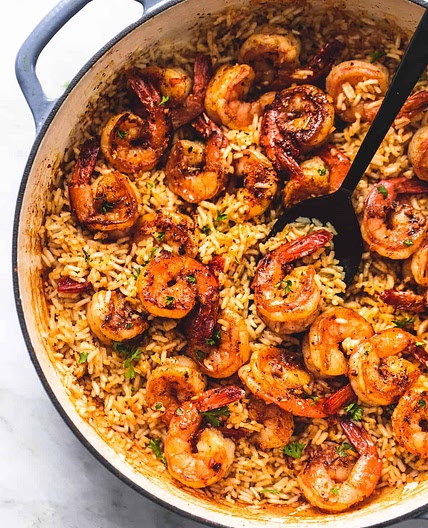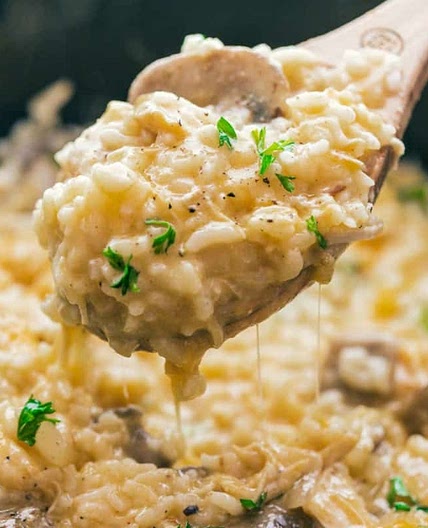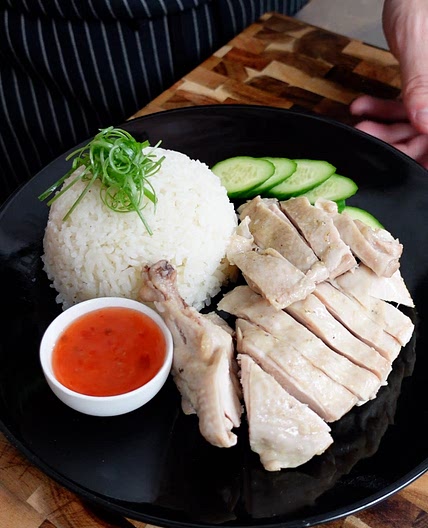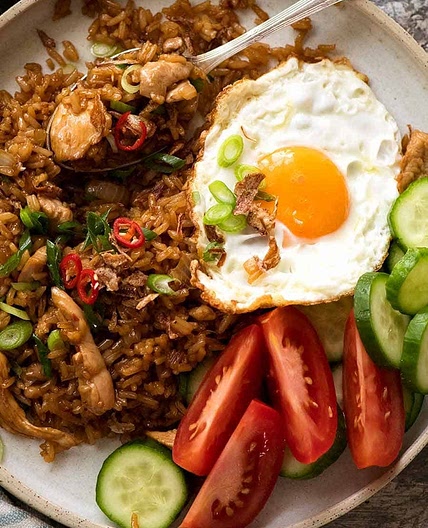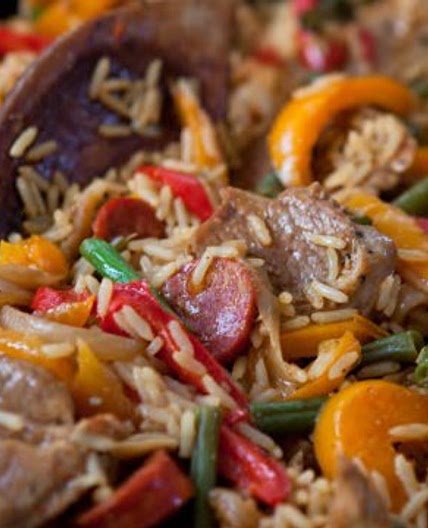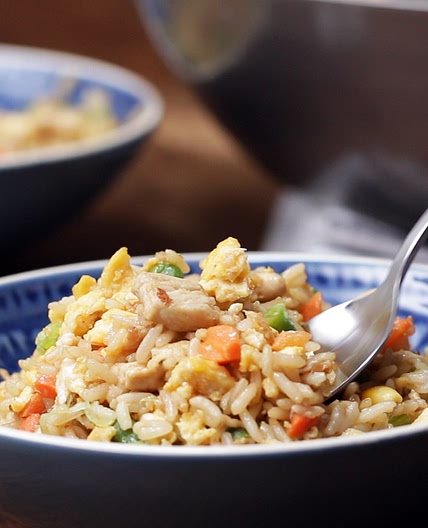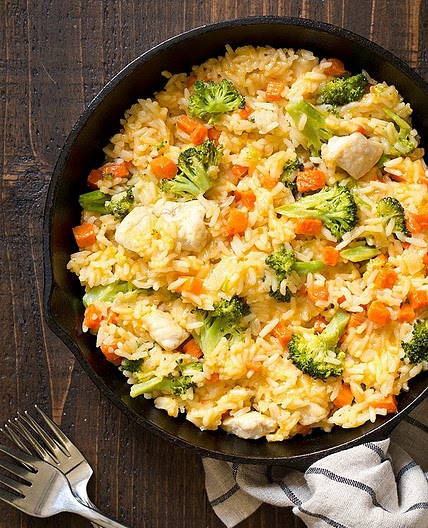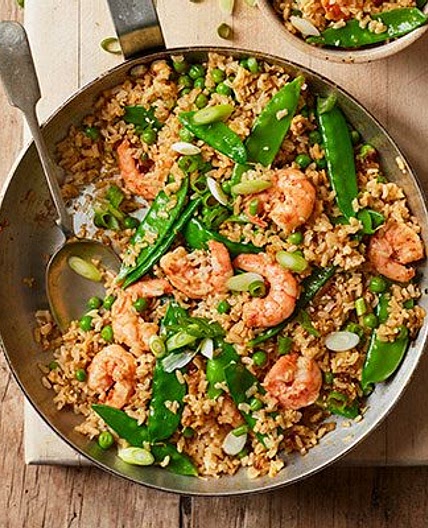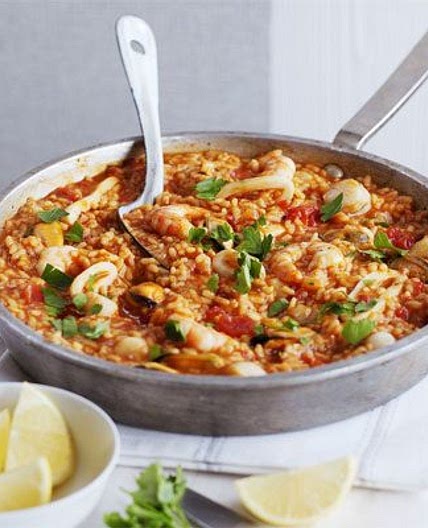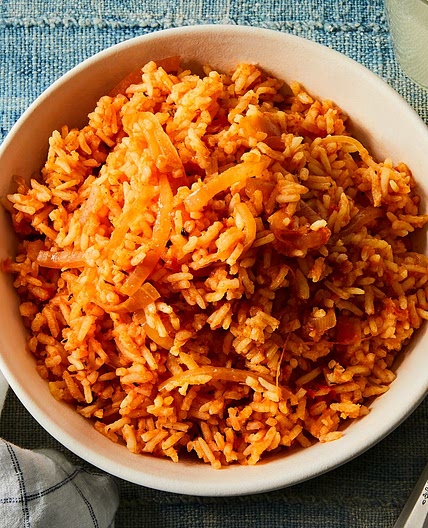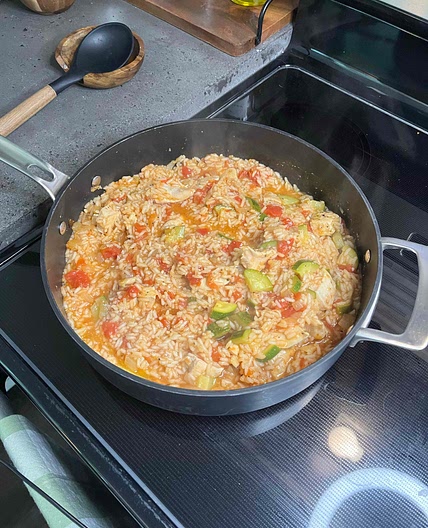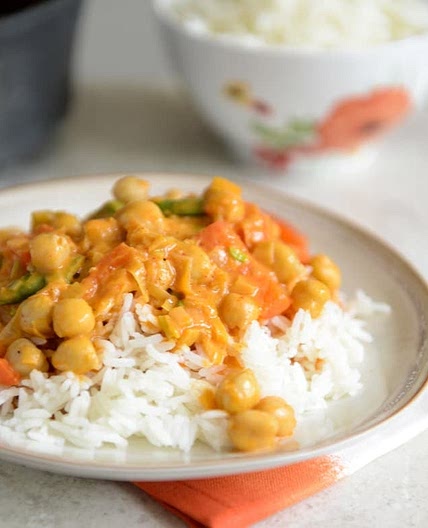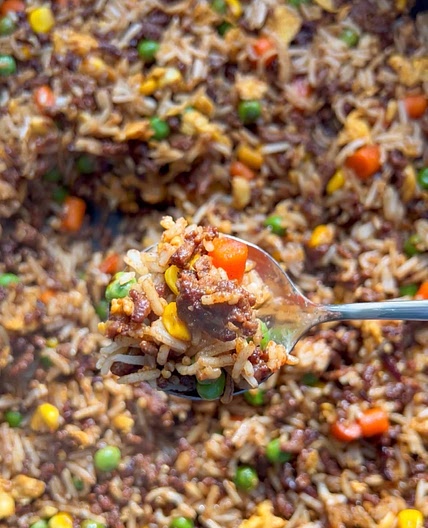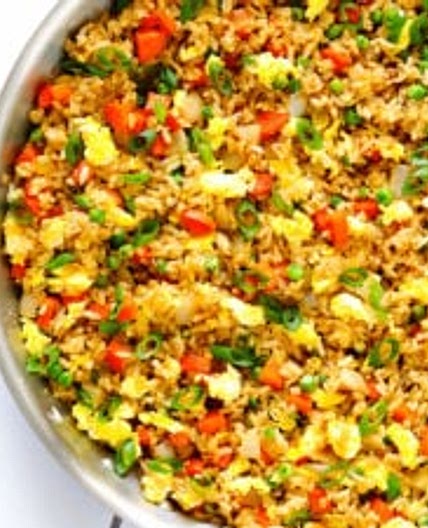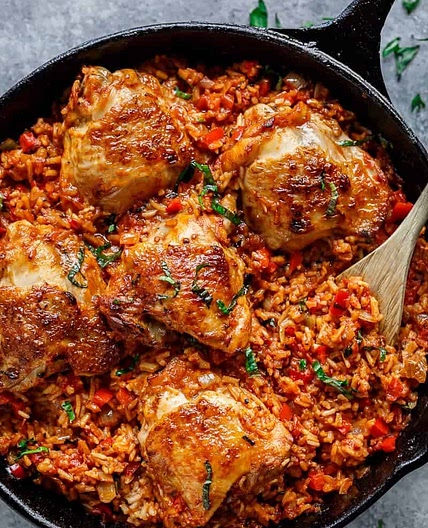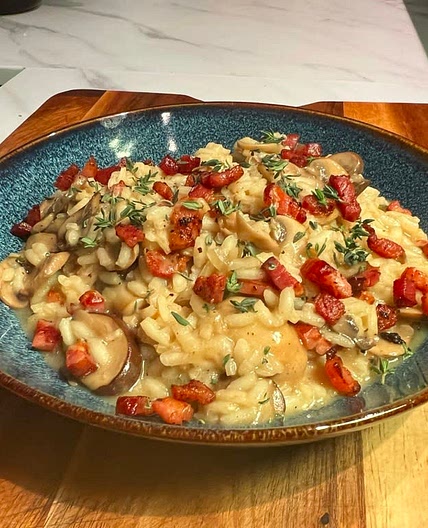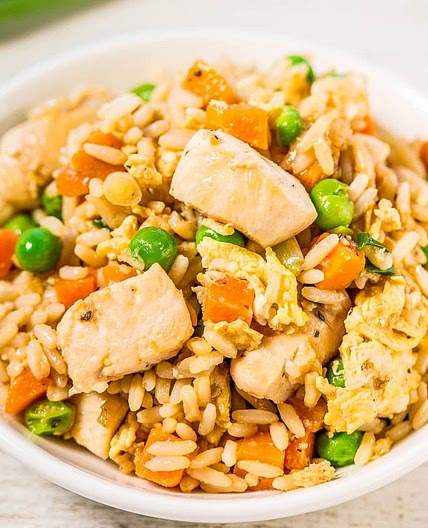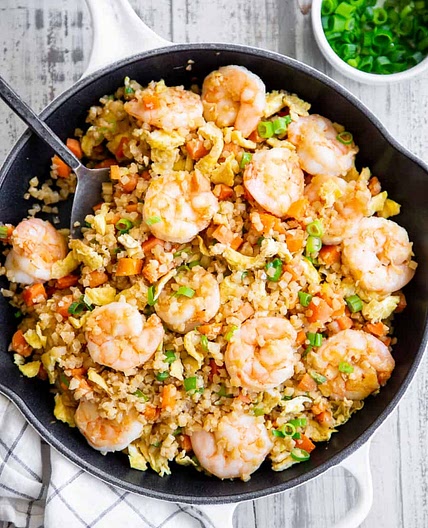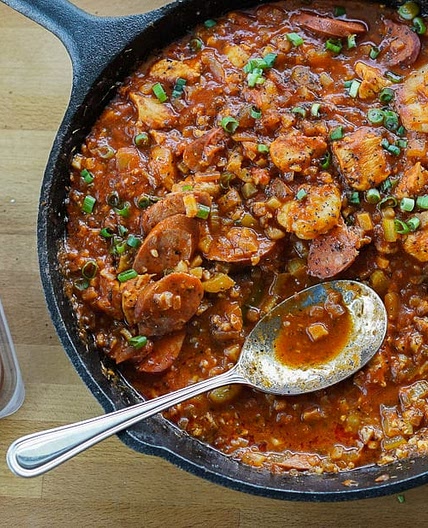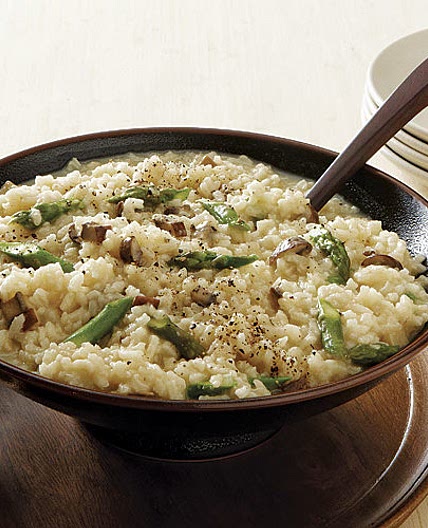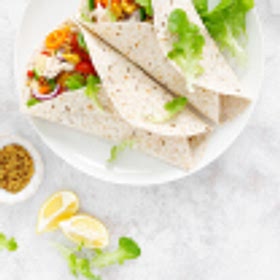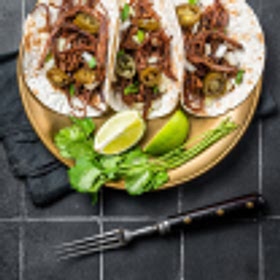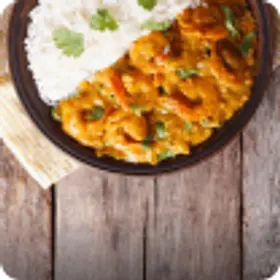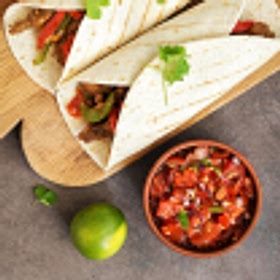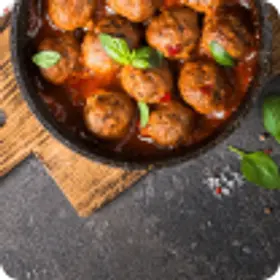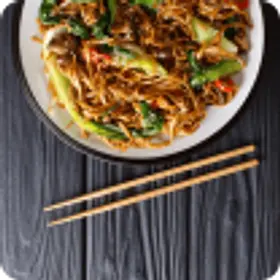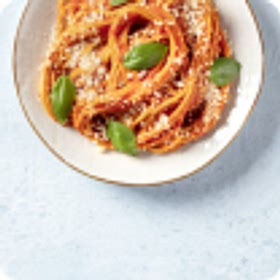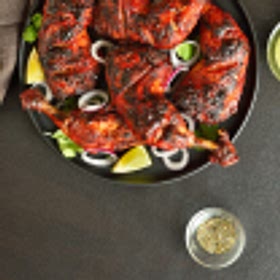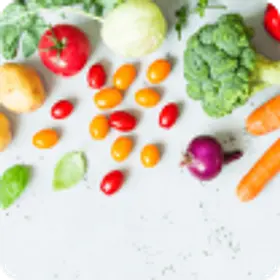Everything You Need to Know About Rice From Cooking Tips and Eating
Rice is an essential food and staple for over half the world’s population, especially in Asian countries. It has been cultivated for thousands of years and has become a crucial ingredient in many cuisines worldwide. Rice is a versatile and filling ingredient that can be used in various dishes and cooking methods. In this encyclopedic entry, we will explore the history, types, nutrition, cooking methods, and tips for using rice in different dishes.
- Energy: 0
- Total Fat: 0
- Saturated Fat: 0
- Carbohydrate Total: 0
- Sugars: 0
- Protein: 0
- Sodium: 0
- Fiber: 0
- Trans Fat: 0
- Monounsaturated Fat: 0
- Polyunsaturated Fat: 0
- Cholesterol: 0
- Calcium: 0
- Magnesium: 0
- Potassium: 0
- Iron: 0
- Zinc: 0
- Phosphorus: 0
- Vitamin A: 0
- Vitamin C: 0
- Thiamin B1: 0
- Riboflavin B2: 0
- Niacin B3: 0
- Vitamin B6: 0
- Folic Acid B9: 0
- Vitamin B12: 0
- Vitamin D: 0
- Vitamin E: 0
- Vitamin K: 0
- Tryptophan: 0
- Alpha Carotene: 0
- Beta Carotene: 0
- Omega 3 DHA: 0
- Omega 3 EPA: 0
History of Rice
The exact origin of rice is uncertain because it has been cultivated for thousands of years. Rice is believed to have originated in China around 5000 BC, where it was initially consumed without being polished. Rice cultivation soon spread to other Asian countries, including India, Japan, Korea, and Southeast Asia. It then expanded to other regions, including North America, South America, Europe, and Africa.
Types of Rice

There are several different types of rice, and each has its unique flavor, texture, and nutritional profile. Rice with short, medium, and long grains are some of the most popular varieties. Short-grain rice is sticky and commonly used for sushi and risotto. Medium-grain rice is fluffy and suitable for paella and pilaf. Long-grain rice is firm and separated, making it suitable for fried rice and biryani.
Other types of rice include basmati rice, jasmine rice, wild rice, brown rice, black rice, red rice, and glutinous rice. Basmati rice is aromatic and fluffy, while jasmine rice is fragrant and sticky. Wild rice is nutty and has a chewy texture, while brown rice is a whole grain that is higher in fiber. Black rice is purple and has a nuttier flavor, while red rice is earthy and nutty. Glutinous rice is sticky and used for desserts and snacks.
Nutrition and Health Benefits
Is rice healthy for you? There’s a lot of debate about whether low carb diets are good or bad when it comes to the wellness world.
Rice is a good source of complex carbohydrates, which provide energy and fiber. It also contains some essential vitamins and minerals, such as iron, magnesium, and B vitamins. Eating your micronutrients is important for overall health and helps your body run all kinds of things, from your nervous system to immune strength. Brown rice is a better option for nutrition as it is a whole grain that contains more fiber and nutrients than white rice. However, white rice is a better option for people who have digestive issues and need to avoid high-fiber foods.
Rice is also gluten-free, making it a suitable option for people with celiac disease or gluten intolerance. Additionally, some studies have linked rice consumption to weight loss, lower risk of heart disease, and improved blood sugar and cholesterol levels. But of course, it should be eaten in moderation and alongside protein and vegetables.
Cooking Methods
There are loads of different cooking methods for rice. Boiling, steaming, simmering, and frying are all popular and have different pros and cons. Depending on the type of rice and desired texture, each method requires a different ratio of rice and water. For example, short-grain rice typically requires a 1:1.5 ratio of rice to water, while long-grain rice may require a 1:2 ratio.

Boiling rice is the most common method, where the rice and water are combined and boiled until the water is absorbed, and the rice is cooked. Steaming rice involves cooking rice in a steamer basket over boiling water, which results in a fluffy texture. Simmering rice involves cooking rice in a covered pot with a small amount of water, broth, or other liquid. This results in a creamy texture. Frying rice involves stir-frying cooked rice with various ingredients, such as vegetables, eggs, and spices, to make fried rice.
Tips and Tricks for Using Rice
When cooking rice, it is essential to rinse it thoroughly to remove excess starch and dirt. Additionally, soaking rice before cooking can soften it and reduce cooking time. Adding spices, herbs, or broth to the water can also add flavor to the rice if you think plain water is a little bland. Flavors like coconut, turmeric, and saffron are all popular choices. Toasting rice in a dry skillet before cooking can enhance its nutty flavor.
Rice can be used in various dishes from around the world. Stir-fries, soups, salads, sushi, desserts, and main courses are all possible options! For example, white rice is commonly used in Asian stir-fries, while wild rice is commonly used in pilafs and soups. Brown rice is an excellent option for salads and side dishes, while black rice is an excellent option for dessert. We don’t have anything against potatoes…but they definitely aren’t as versatile as rice.
FAQs
Yes, rice can be frozen for longer-term storage. Transfer the cooked rice to a freezer-safe container or freezer bag after allowing it to cool fully. When ready to use, thaw the rice in the refrigerator overnight and reheat it thoroughly before serving.
Yes! rice is naturally gluten-free, making it a suitable option for people with gluten intolerance or celiac disease. However, it’s essential to ensure that rice hasn’t come into contact with gluten-containing ingredients during processing or preparation.
Rice is a good source of carbohydrates, provides energy, and can be a foundation for a balanced meal. Opting for whole grain varieties like brown rice, and pairing rice with lean proteins and vegetables, contributes to a nutritious and well-rounded diet.
There are countless options for you can add to make flavorful white rice. For example, you can sauté onions and garlic, then add cooked rice along with some toasted nuts and a squeeze of lemon juice. You can also incorporate different herbs and spices like onion powder, cumin, turmeric, paprika, curry powder, or any other options that appeal to you. You can either add them to the cooking water or sauté them with the rice before cooking. Feel free to experiment and combine various ingredients to create a unique and flavorful dish for you!
Rice is a versatile and essential ingredient that can be used in various dishes and cooking methods. It has a long history and has become a crucial staple for many cultures and cuisines worldwide. With this article, we hope you have gained a better understanding of the types, nutrition, cooking methods, and tips for using rice. It surely is a healthy and flavorful addition to any meal or occasion!
